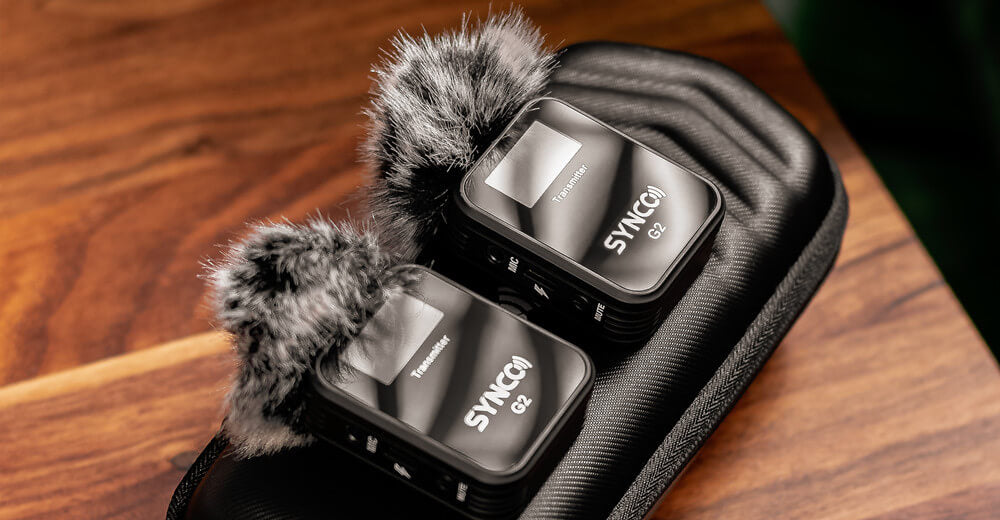Wireless lavalier microphones, commonly known as lapel mics, have become essential for anyone looking to record or amplify their voice without the restrictions of cables. Whether you’re a content creator, public speaker, or performer, choosing the right wireless lavalier microphone is crucial for ensuring clear and reliable audio. This ultimate guide aims to navigate you through the various factors to consider when selecting a wireless lav mic, from frequency bands and connectivity to size and sound quality.
Understanding Frequency Bands and Connectivity
Selecting the Right Frequency Band
Wireless lavalier microphones operate on different frequency bands, with VHF and UHF being the most common. VHF (Very High Frequency) mics are affordable but may be prone to interference in busy RF (radio frequency) environments. UHF (Ultra High Frequency) mics typically offer more reliable connectivity and less interference, making them suitable for professional use. Consider the environment in which you’ll use the mic and research local frequency usage to avoid potential conflicts.
Ensuring Strong Connectivity
For a wireless lavalier mic to be effective, it must maintain a strong and stable connection between the transmitter and receiver. Look for systems with a robust signal that can cover the needed range without dropouts. Some systems use advanced technologies like frequency hopping to prevent interference. Always check the connectivity specs and read user reviews to gauge real-world performance.
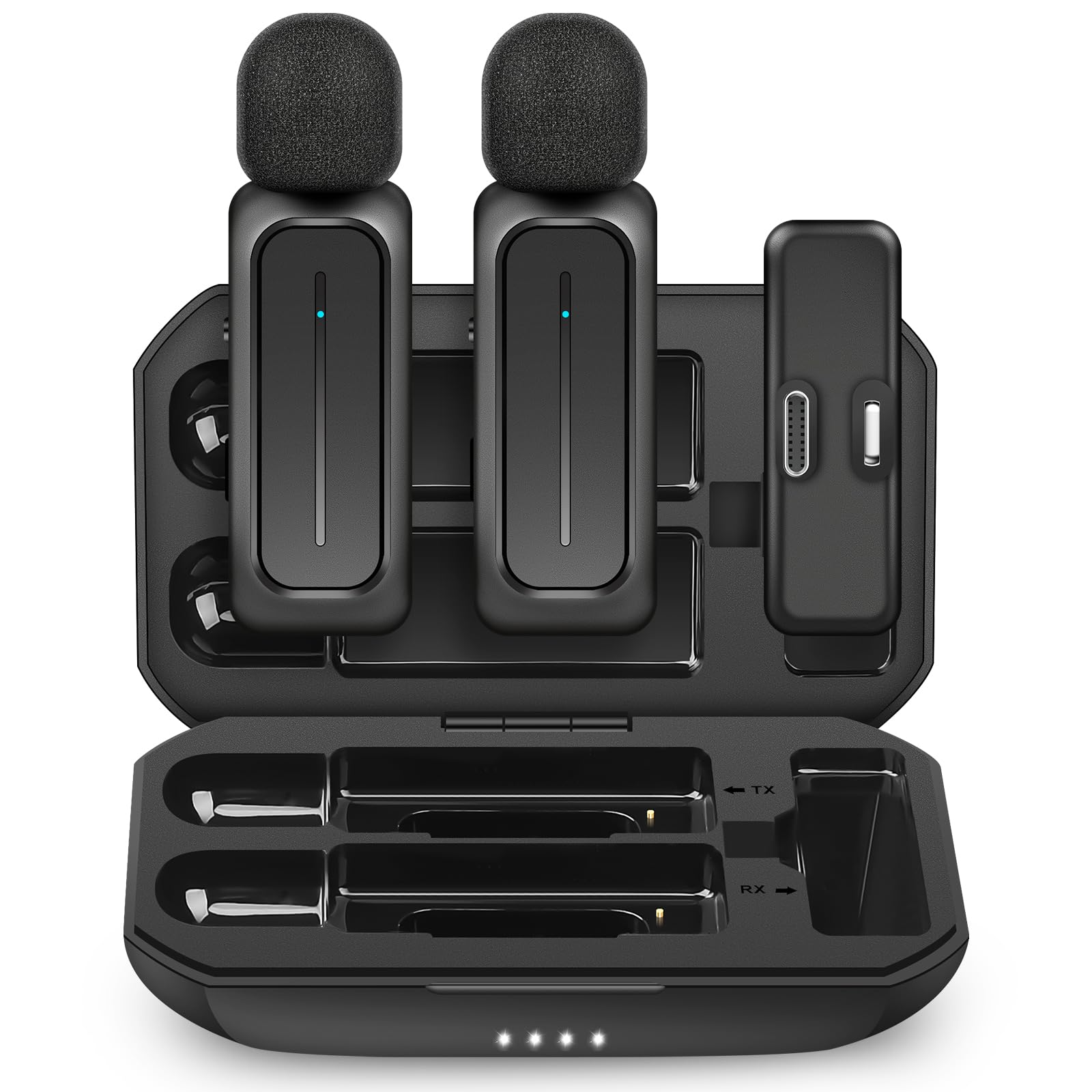
Size, Comfort, and Discreetness
Balancing Size and Performance
Wireless lavalier microphones come in various shapes and sizes. A smaller mic is more discreet and can be easily concealed if desired, which is especially important for on-camera work or theatrical performances. However, be mindful that very small units may compromise on battery life or signal strength. Strive for a balanced solution that offers a compact size without sacrificing essential features.
Comfort for Extended Use
If you’re using the mic for long periods, comfort becomes a key consideration. The mic and transmitter should be lightweight and unobtrusive. Ensure that the clip or attachment mechanism provided with the mic doesn’t cause discomfort or fabric damage. A comfortable setup encourages natural movement and better performance.
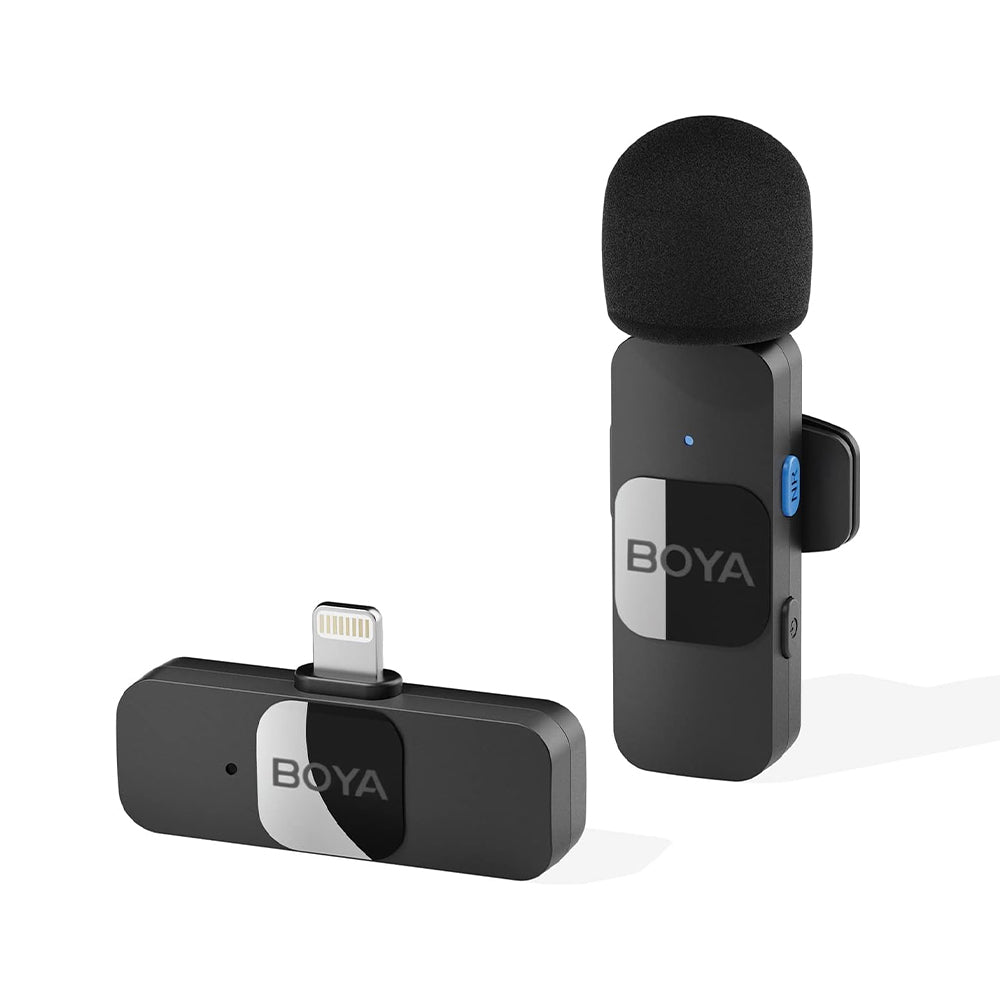
Sound Quality and Features
Prioritizing Sound Quality
The primary purpose of a lavalier mic is to deliver clear, high-quality audio. Investigate the mic’s frequency response—the range of sound frequencies it can pick up—and noise-handling capabilities. A good lav mic will have a fairly flat frequency response and the ability to handle high sound pressure levels without distortion. It should also minimize rustling and ambient noise when clipped to clothing.
Useful Additional Features
Modern wireless lavalier systems boast various extra features. Some offer multitasking ability, allowing you to use several mics with one receiver, which is ideal for interviews and panel discussions. Other useful features may include mute functions, battery level indicators, and the ability to adjust gain settings on the fly. Determine which features align with your needs to get the most out of your investment.
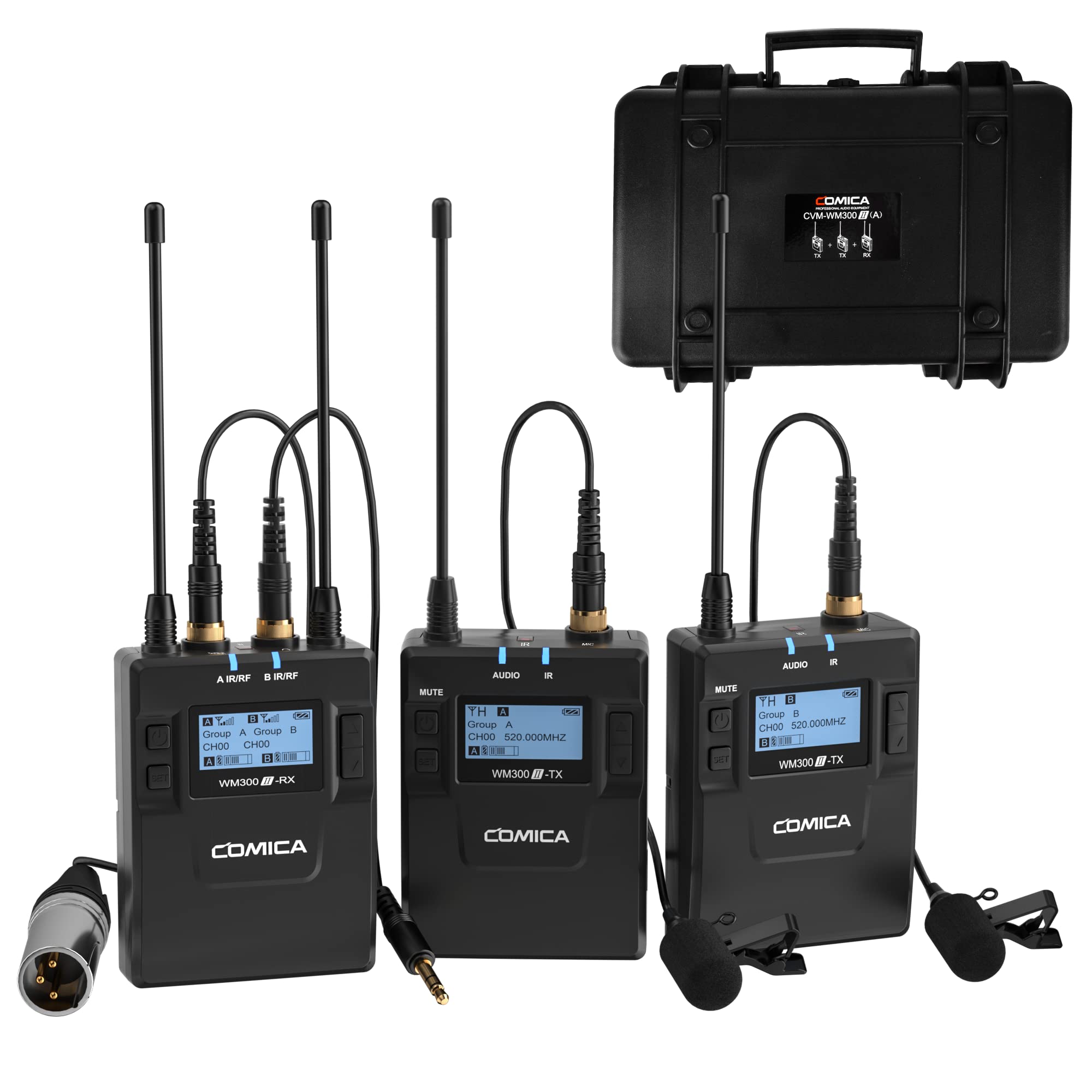
Durability and Reliability
Assessing Build Quality
Your wireless lavalier microphone will likely be subjected to regular handling and the rigors of travel. Evaluate the build quality to ensure that it can withstand frequent use. Metal-bodied transmitters and receivers generally offer better durability than their plastic counterparts. Secure battery compartments and sturdy clips are also signs of a well-built microphone system.
Long-Term Reliability
A reliable wireless lavalier microphone will consistently perform well session after session. Research the longevity of the product through reviews and user testimonials. Consider brands that have a reputation for producing durable professional audio equipment. In addition, look into the warranty and customer service support offered by the manufacturer, which can be indicative of the product’s reliability.
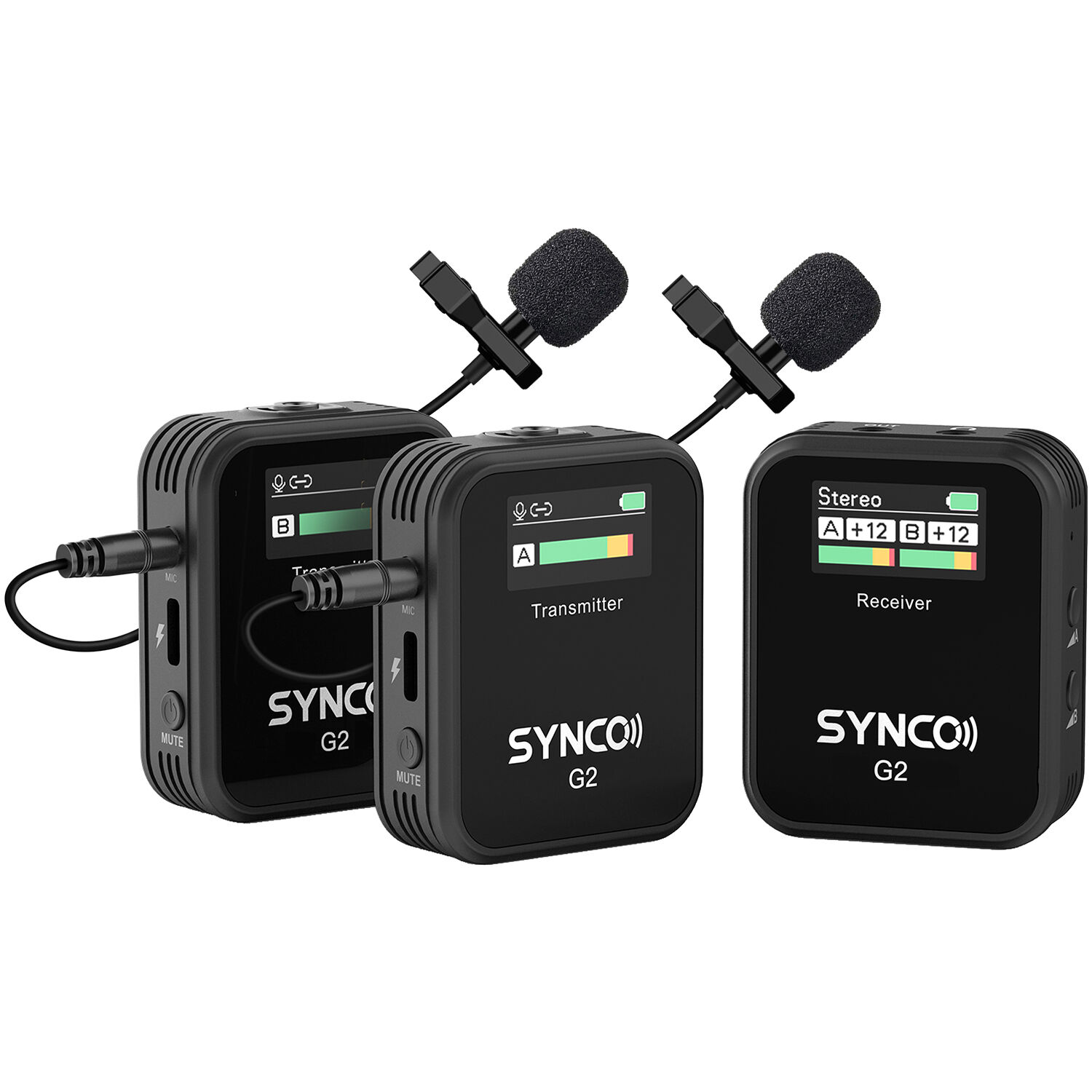
Evaluating Battery Life and Power Options
The Importance of Battery Endurance
When selecting a wireless lavalier microphone, consider the battery life of both the transmitter and the receiver. Long sessions require a system that can operate for extended periods without the need for frequent recharging or battery replacements. Evaluate how battery life aligns with your typical usage and whether you have the ability to use rechargeable batteries, as this can be both cost-effective and environmentally friendly.
Power Supply Flexibility
Some wireless lavalier systems feature built-in rechargeable batteries, while others rely on standard disposable types. There are trade-offs for each: built-in batteries offer convenience and less waste, but if they run out of power, you can’t simply swap in a fresh set. Systems that use disposable batteries offer the flexibility of quick replacement, which may be vital during live events. Some units even offer a dual power option, allowing you to operate the device via an AC power source or batteries, providing another layer of reliability.
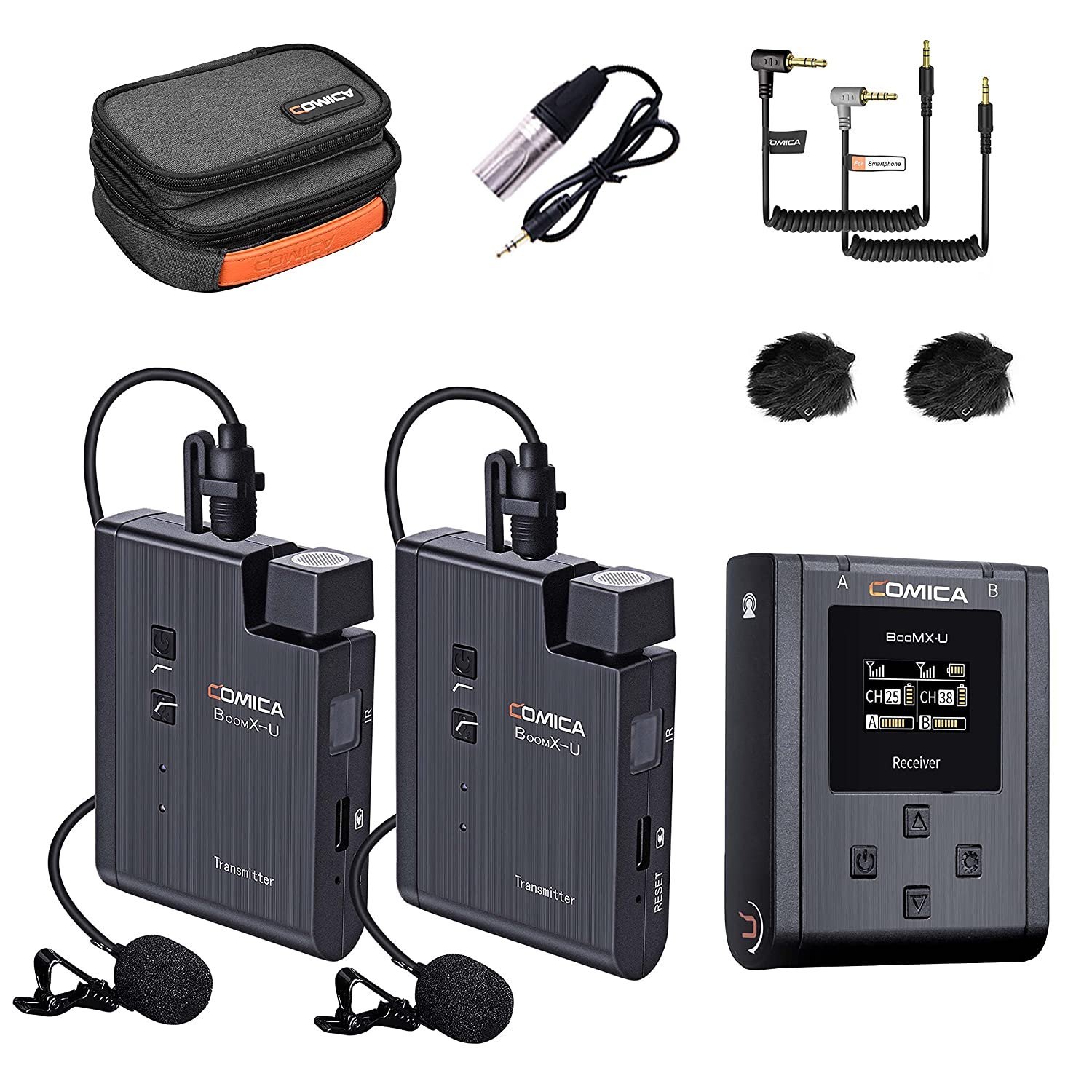
Analyzing Range and Portability for Field Use
Understanding Range Limitations
Wireless lavalier microphones are designed to give you freedom of movement, but they all have varying active ranges. Assess the operational range of a system and consider how it matches up to typical scenarios you’ll face, like large auditoriums, outdoor venues, or multi-room setups. Make sure that the system you choose doesn’t have a range too short for your specific needs.
Convenience of Portability
Creators who work in different locations need a system that’s easily packable and transportable. Consider the size and weight of the entire microphone setup — transmitter, receiver, and any accessories. Look for systems that come with protective carrying cases designed to keep your gear organized and safe during transportation. This is essential for field journalists, traveling lecturers, and on-the-go content creators who rely on their equipment’s portability.
Considering Compatibility and Integration
Ensuring Mic-to-Device Compatibility
The wireless lavalier microphone you choose should be compatible with the devices you plan to connect it to, whether that’s a camera, a smartphone, a computer, or a soundboard. Examine the output options and connection types — some systems offer a variety of cables and adapters for different inputs, while others might be more limited. Understanding the connectivity requirements upfront can save you from future headaches and additional purchases for compatible gear.
Integration with Existing Audio Setups
If you already have an audio setup, it’s crucial that your new wireless lavalier mic integrates seamlessly with your existing components. Check for interoperability with other microphones and receivers, especially if you plan to use multiple mics simultaneously. Advanced features like the ability to manage various channels or groups can help prevent interference and allow for a smoother integration into complex setups often used in professional environments.
In conclusion, selecting the perfect wireless lavalier microphone is a process that involves careful consideration of your specific needs and the environments in which you’ll use the mic. Take into account frequency bands, connectivity, comfort, sound quality, additional features, and the build quality of the system. By investing time in researching and understanding these key areas, you can confidently choose a lav mic that will provide excellent audio and reliable performance, allowing you to focus on your content, presentation, or performance with the assurance that your voice will be heard loud and clear.
